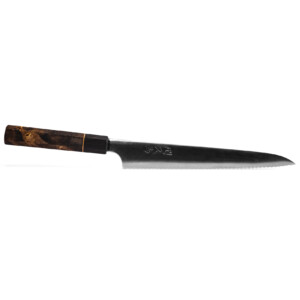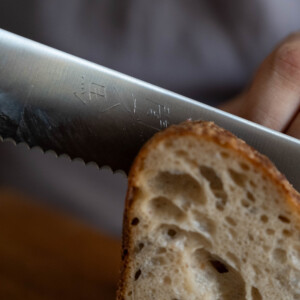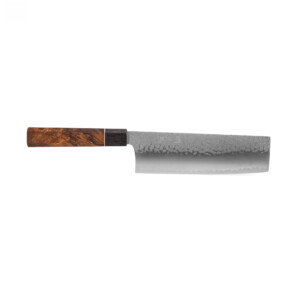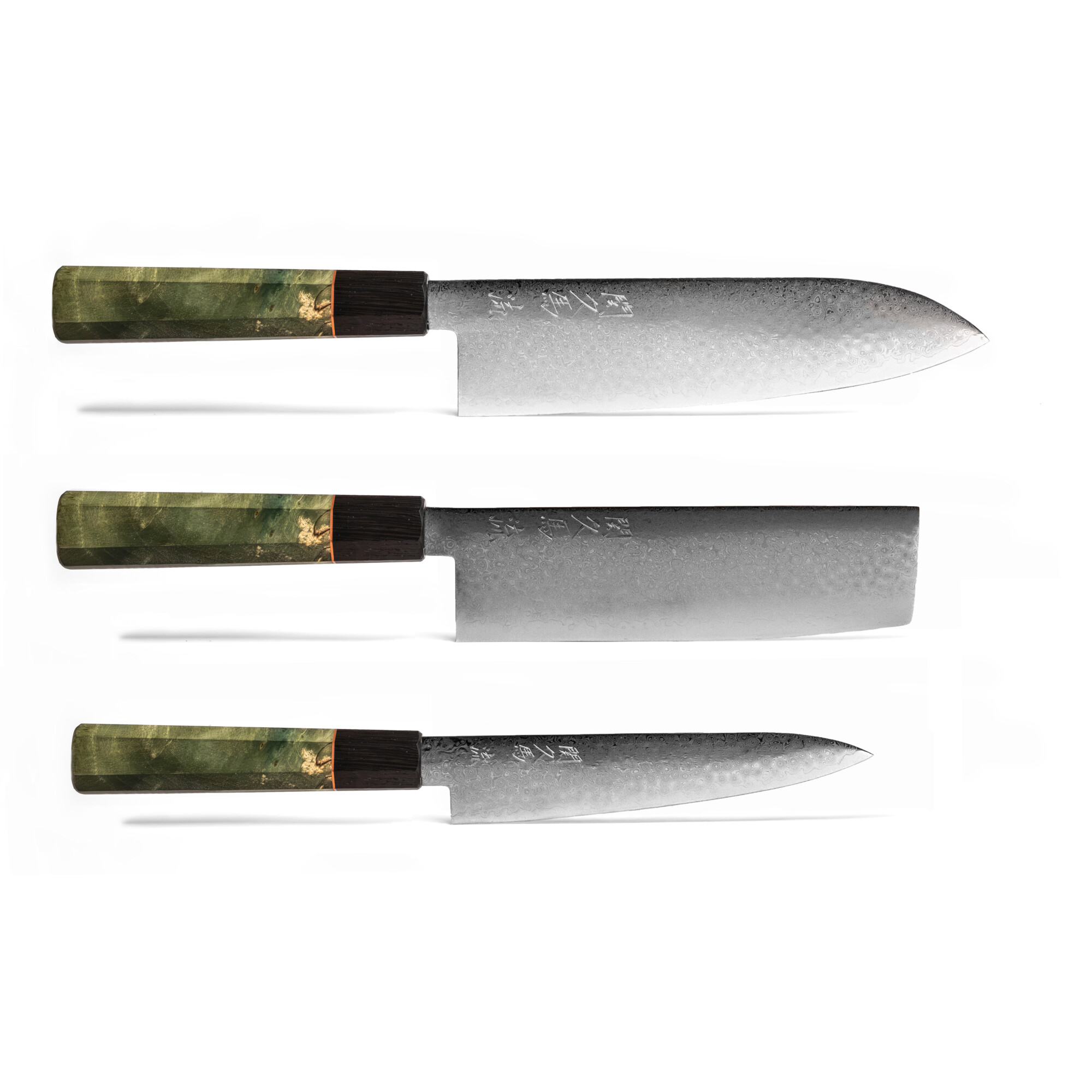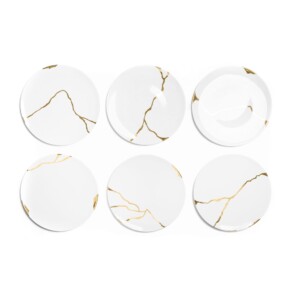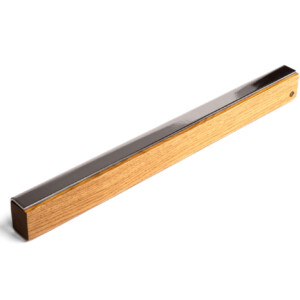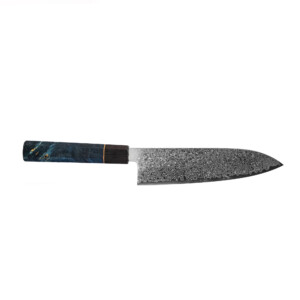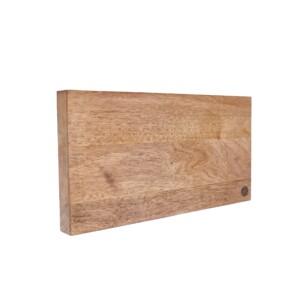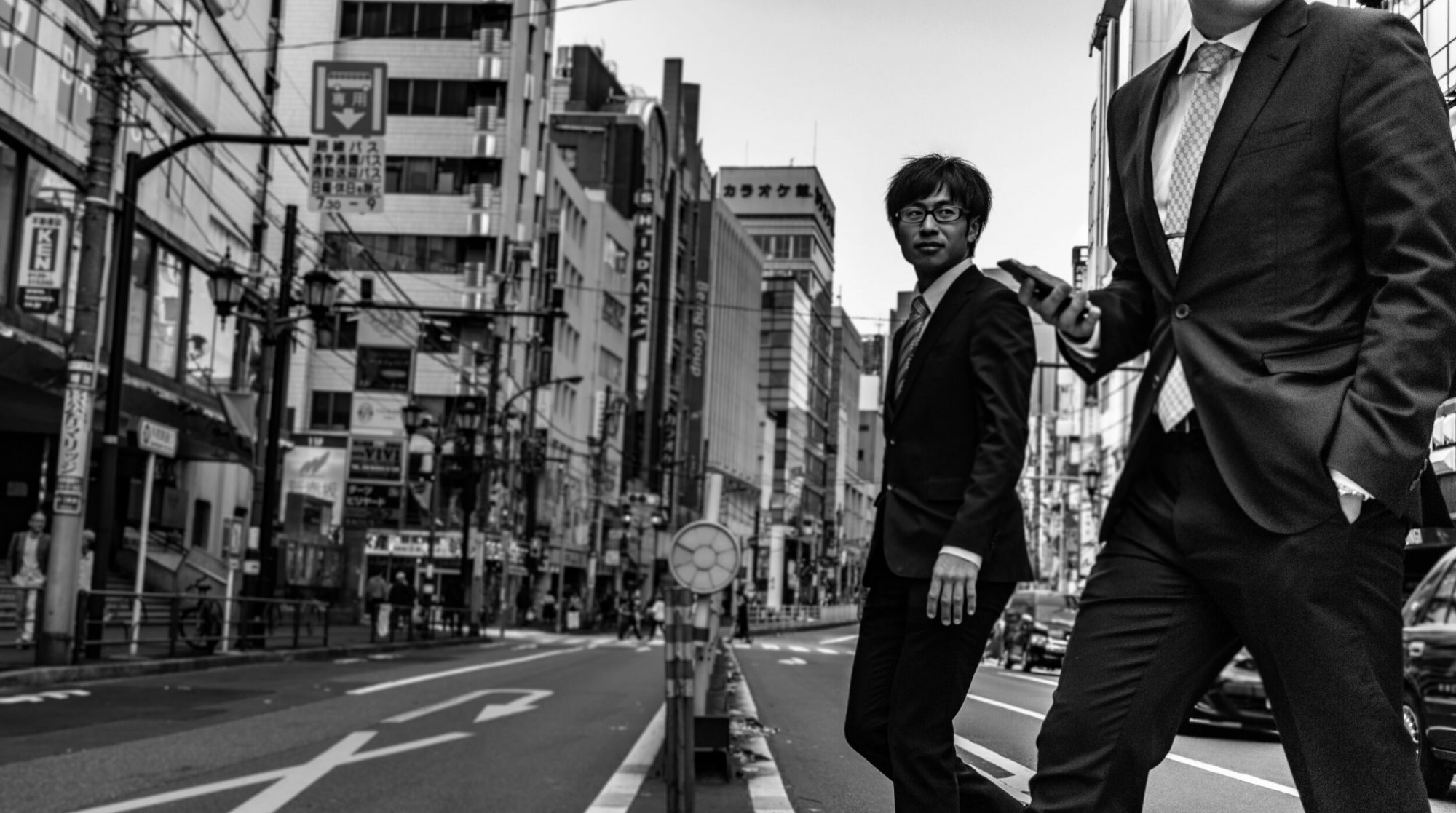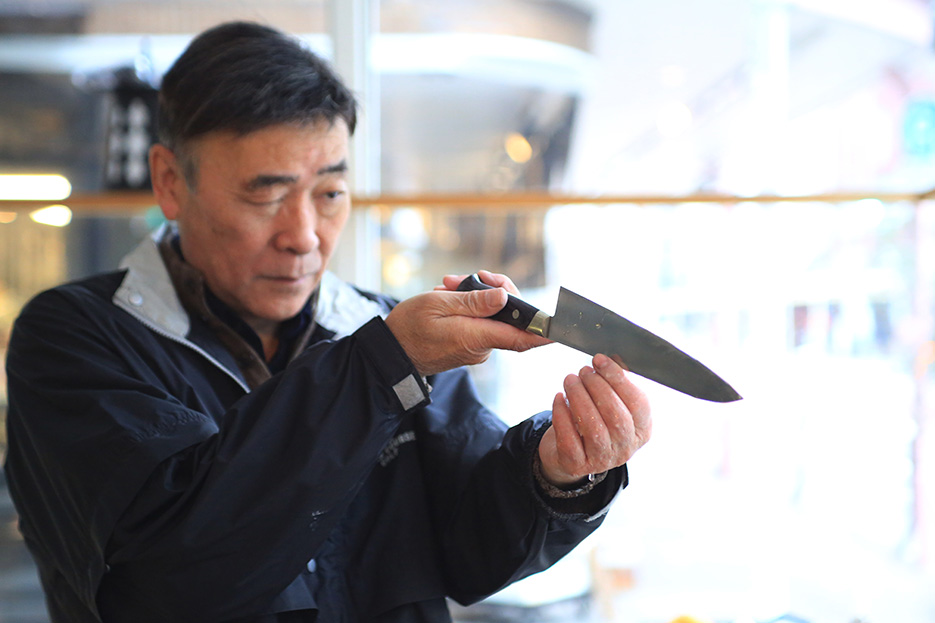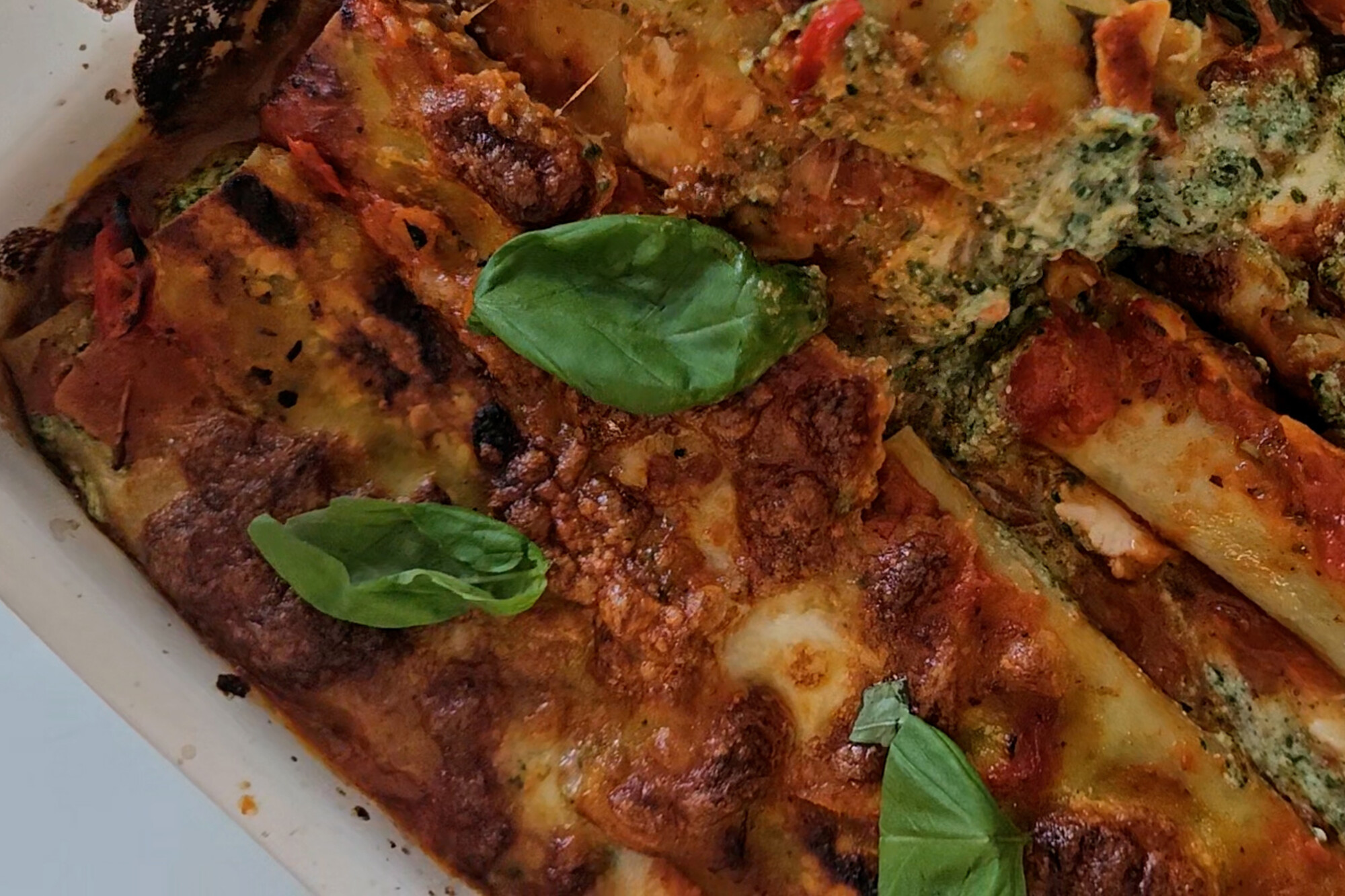A traditional Japanese diet is well balanced. It contains more fish than red meat, plenty of vegetables, pickled and fermented foods, and small portions of rice. Raw fish in dishes are also common. The diet involves little highly processed food and lower overall sugar intake. Basically, the Japanese diet is low in calories and extremely nutritious, making Japan one of the healthiest and longest living nations.
In fact, Japanese have long been revered and studied for their long life expectancy, which is higher than almost anywhere else in the world. So you may ask – what should I eat to be as healthy as the Japanese people?
Health benefits:
1. It’s rich in nutrients and beneficial compounds
- Naturally rich in minerals and nutrients. These include fibre, calcium, potassium, iron, magnesium and vitamins A, C, and E (source).
- Many fish- and seaweed-based dishes provide long-chain omega-3 fats. These promote brain, eye, and heart health (source).
- Vegetables contribute to the nutrient density of this diet. Vegetables are often cooked in dashi, which is a dried fish and sea vegetable based stock. This reduces their volume and enhances their flavour, making it easier to eat large amounts (source).
- Good amounts of seaweed and green tea, which are great sources of antioxidants. These protect your body against cellular damage and disease (Sources: 4, 6, 7).
2. It improves your digestion
- Seaweed, soybeans, fruits, and vegetables, are naturally rich in fibre, a nutrient that aids your smooth digestion.
- Pickled and fermented fruits and vegetables are a great source of probiotics.
3. It helps maintain a healthy weight
- Rich in vegetables and usually served in small portion sizes. Allows for alternating between dishes and tastes, which may reduce the total amount of food eaten per meal (Sources: 26).
- Naturally low in added sugar and fat, resulting in a low calorie count (Sources: 18). Encourages eating in moderation. A Confucian teaching called Hara hachi bun me instructs people to eat until they are 80 percent full. The Japanese proverb goes: “eight parts of a full stomach sustain the man; the other two sustain the doctor”. This practice deters overeating and may contribute to the calorie deficit needed to lose weight (Sources: 19, 20, 21, 22).
- Fibre-rich vegetables, soy foods, legumes and soups may help reduce appetite and boost fullness. Thus promoting weight control (Sources: 23, 24, 25).
4. It may protect against chronic diseases
- The Japanese have the lowest obesity rates as well as a long life expectancy. Their diet may safeguard against conditions like type 2 diabetes and heart disease.
- Naturally rich in soy, vegetables, fish, seaweed, green tea, fruits but low in added sugar, fat, and animal protein. All of which are factors believed to promote a healthy heart. (Sources: 27, 28, 29, 30, 31).
- High in soy and fish reduces the risk of cardiovascular disease.
- High green tea intake may protect against Alzheimer’s disease, Parkinson’s disease, and certain types of cancer (Sources: 34, 35 36, 37).
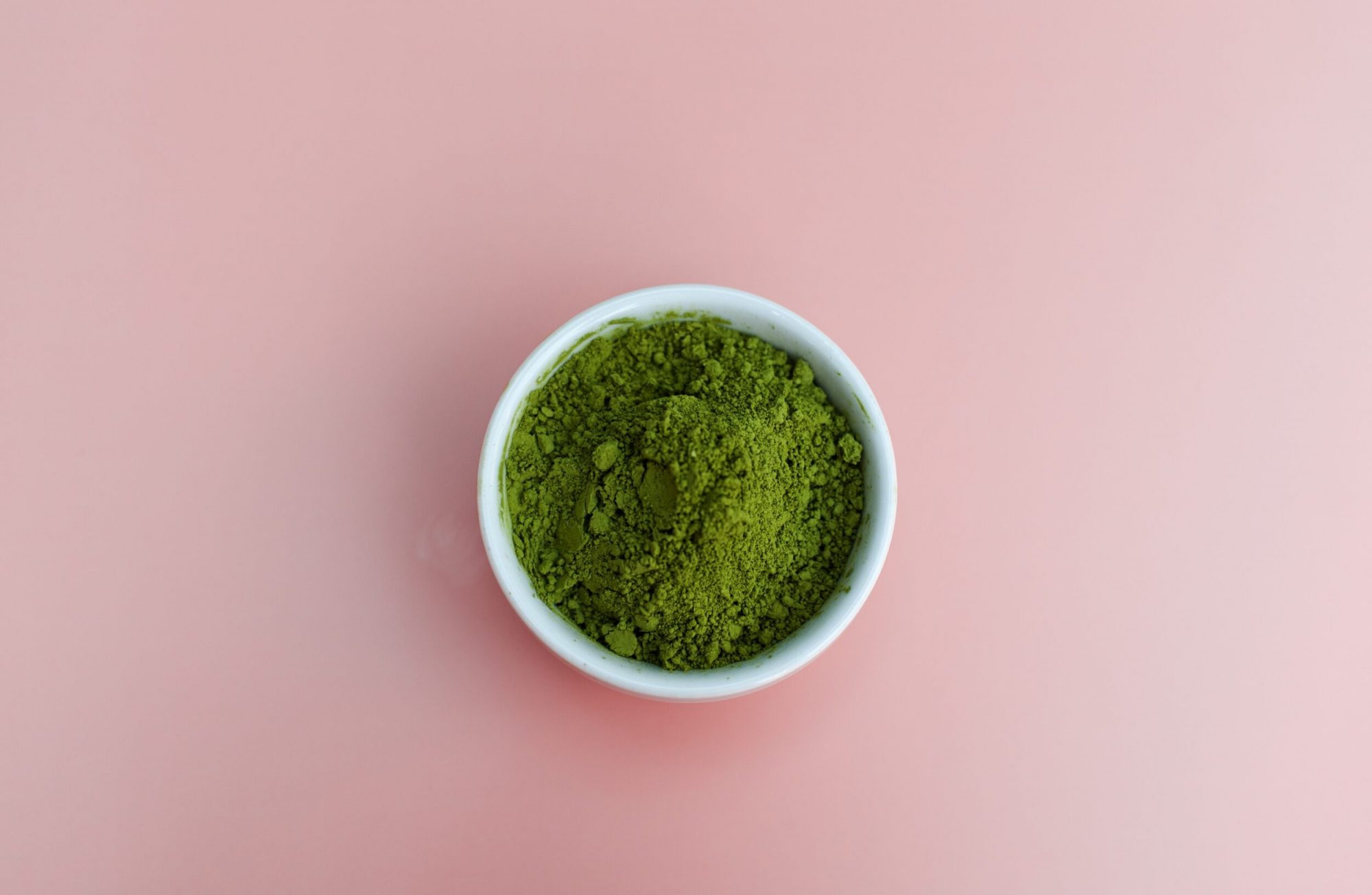
5. May help you live longer
- Japan has one of the world’s highest life expectancies, which many experts attribute to the traditional Japanese diet (Sources: 38, 39, 40, 41).
- Okinawa, in southernmost Japan, has the highest number of centenarians in the world. As well as the lowest risk of age-related diseases (such as diabetes, cancer, arthritis and Alzheimer’s).
- A 15-year study of over 75,000 Japanese people, found those who closely followed the traditional Japanese diet (over a Western one) experienced up to a 15% lower risk of premature death (Sources: 3).
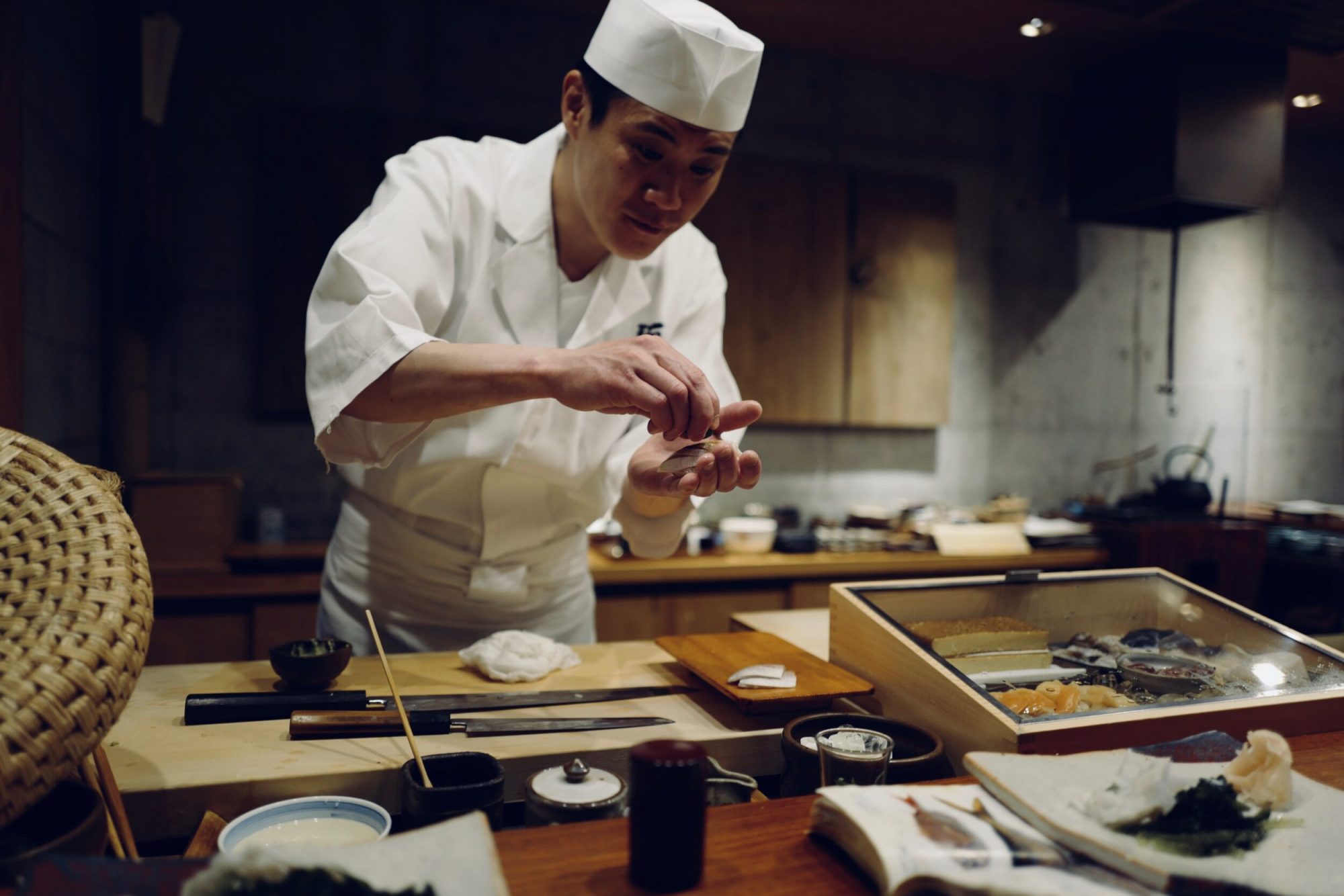
The main dishes of the Japanese diet
Given that Japan is a group of islands (6,582 of them to be exact), its residents consume a lot of fish. In a traditional Japanese diet, rice, cooked and pickled vegetables, fish and meat are staple choices. Raw fish in sushi and sashimi as well as a lot of fermented pickled and smoked foods are also consumed.
Soya beans, usually in the form of tofu or fresh edamame, are another key part of the Japanese diet, along with other beans such as aduki. Fermented soybean products such as miso and natto are staples of the Japanese diet. Natto is traditionally consumed at breakfast and has probiotic traits.
The Japanese also consume a wide variety of land and sea vegetables such as seaweed. These are full of health-boosting minerals, and may help to reduce blood pressure. Fruit is often consumed at breakfast or as a dessert, especially Fuji apples, tangerines and persimmons.
The Japanese are also big fans of green tea – in particular matcha tea. Matcha, is a stone-ground powdered green tea, valued for its high antioxidant compounds known as catechins. These have been linked to fighting cancer, viruses and heart disease.
Eat more often, in smaller portions
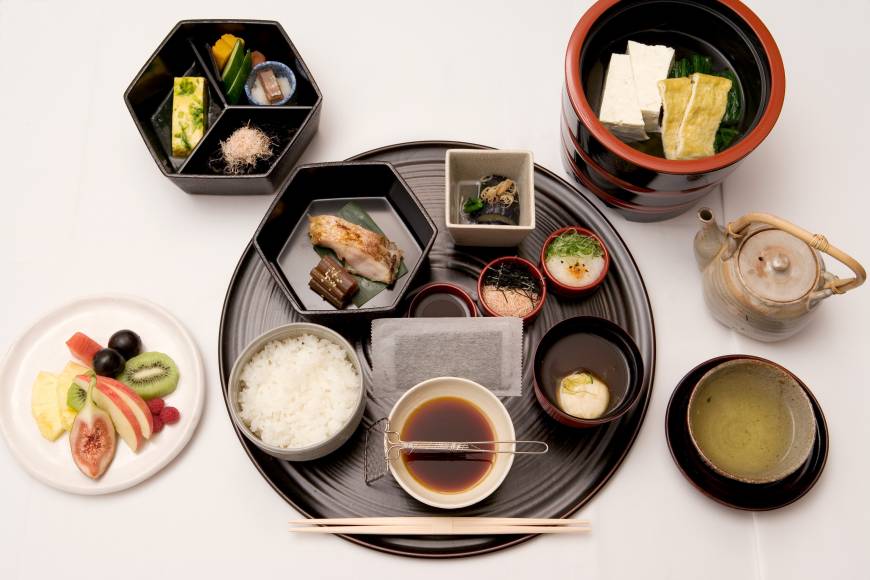
Another secret to why Japanese diet is so beneficial and great to follow is that it stimulates all the senses. The way the Japanese serve their food is key. Rather than having one large plate, locals often eat from a small bowl and several different dishes, usually a bowl of rice, a bowl of miso, some fish or meat and then two or three vegetables dishes, often served communally and eaten in rotation. The Japanese are also strong believers in ‘flexible restraint’ when it comes to treats and snacks, enjoying them from time to time but in smaller portions.








